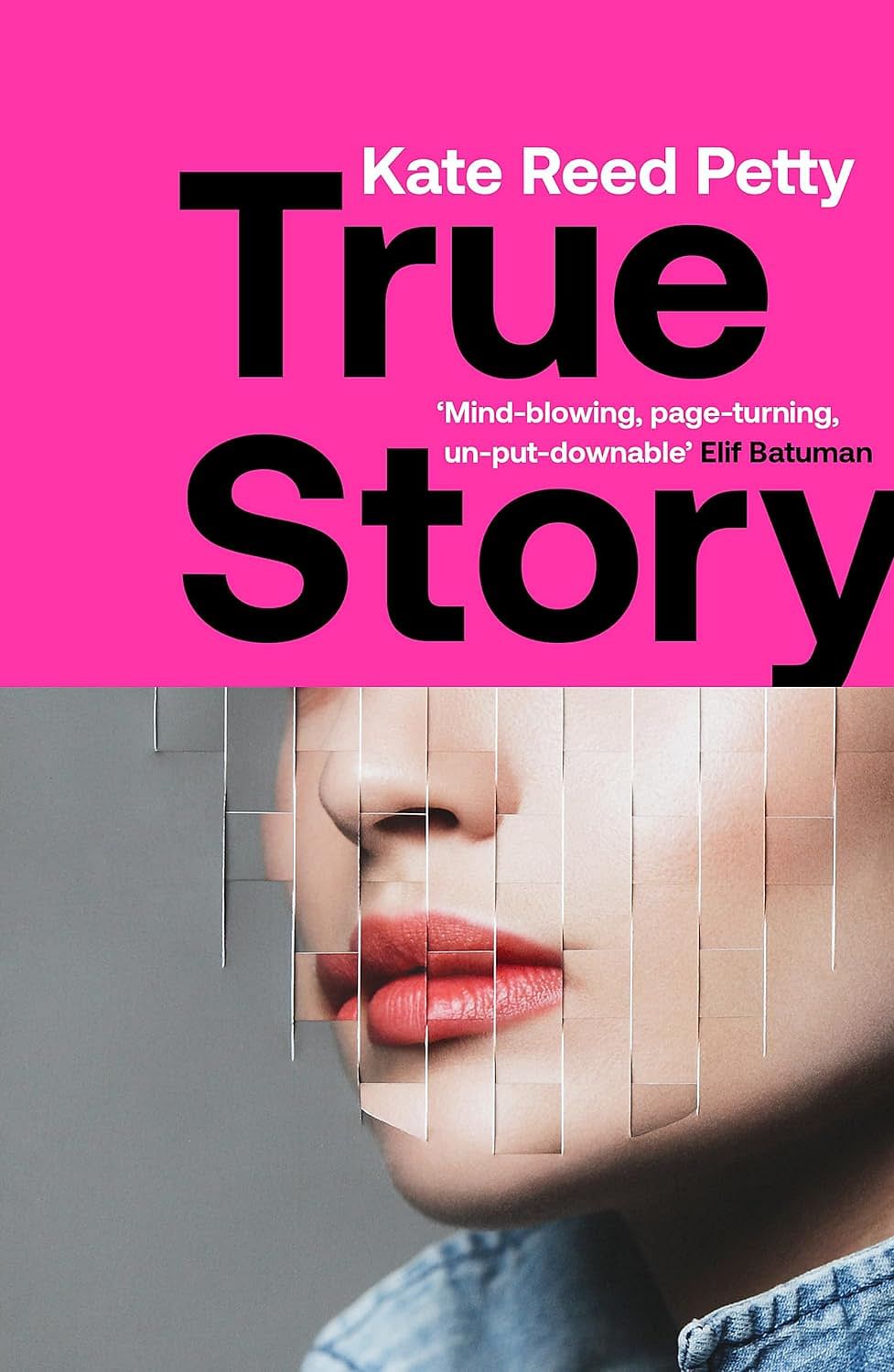
Sometimes, a satisfying novel can feel like finishing a jigsaw — you slot the last piece into place, and it reveals the full picture. In the crime genre, Agatha Christie and Japanese locked-room mysteries by writers like Seishi Yokomizo are the best examples — clues are laid out methodically, and the reader has as much information as the fictional detective to solve the mystery. But what about books where the clues are there, but instead of a detective gathering suspects and readers in a room to unveil the murderer, we are left to put the pieces together ourselves?
Vladimir Nabokov’s Pale Fire is one such novel. The narrative ostensibly consists of a 999-line poem by a fictional writer, John Shade, along with commentary in the form of notes by the fictional editor, Charles Kinbote. However, as the reader follows the notes, it becomes clear that Kinbote’s commentary has little to do with the poem itself, and is, in fact, where the actual plot is taking place. Pale Fire is told through a constellation of allusions, wordplay, and cross-references between the notes and the poem. Some readers may choose to follow Kinbote’s digressions and connections, flipping back and forth from note to poem to note.
Others may choose to read the book in one stretch, beginning to end. Neither way is wrong, and both yield a fascinating and satisfying read — a novel that, on a sentence and a plot level, feels like playing a game.
Kate Reed Petty’s True Story also plays with form and story to question the ideas of truth, memory, and trauma. The novel traces a high-school rumour across decades: in the 90s, high-school student Alice passes out in the backseat of her male classmates’ car. The boys deny anything happened, and Alice finds her memory curiously blank, but the night haunts her into adulthood. Here is where the novel’s inventiveness shows itself: each chapter of the novel mimics a different genre. One chapter is told entirely through drafts and revisions of Alice’s college statement-of-purpose, as each draft she submits comes back with comments from her counsellor. In another chapter, a character visits a remote cabin in the woods, where the threat of something evil lurks around every corner — the setup of many horror movies! In each chapter, the idea of “truth” is probed further and further. True Story is an empathetic, necessary novel about harsh experiences, told in an inventive and constantly surprising way.
The idea of books as puzzles to be solved isn’t isolated to books for adults. Lemony Snicket’s A Series of Unfortunate Events (ASOUE) is a middle-grade series full of mysteries to be solved. The 13-book series is the story of three children in the wake of their parents’ untimely death. They are chased by the sinister Count Olaf, who intends to get his hands on their sizable fortune.
The books are narrated by the (fictional) author Lemony Snicket, who is himself part of the story he’s telling. The children discover a mysterious world their parents were part of — a world that involved secret societies, elaborately coded messages, and a crisscross of characters they meet across their adventures. ASOUE was a delight to read as a child and is equally rewarding to revisit as an adult — it makes one feel like a literary detective, charting connections, cracking codes, and trying to piece together the mysteries.
Snicket also includes another layer of gameplay, with constant allusions and references to real-life authors and situations. An example: the children encounter a species of snake called the “Virginian Wolfsnake”, who “must never, under any circumstances, be let near a typewriter.” A variety of figures, from Woolf to Edgar Allan Poe to Susan Sontag, find a place in these pages, references that introduce new worlds to first-time readers, and that still reveal themselves to the re-reader on each revisit. ASOUE is often absurd, witty, and sarcastic. It’s characterised by the refusal of most of the adults in the series to take the children seriously. The books themselves never run that risk — they never talk down to their audience, whether the reader is an eleven-year-old (as I was) or 50. There are no easy answers in ASOUE, and that’s precisely the fun!
The author is a writer and illustrator. She likes stories with ambiguous endings and unreliable narrators.
Piqued is a monthly column in which the staff of Champaca Bookstore bring us unheard voices and stories from their shelves.